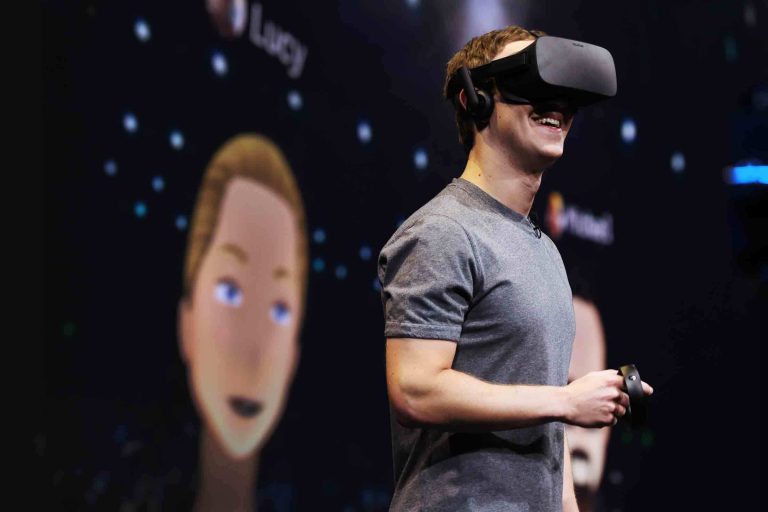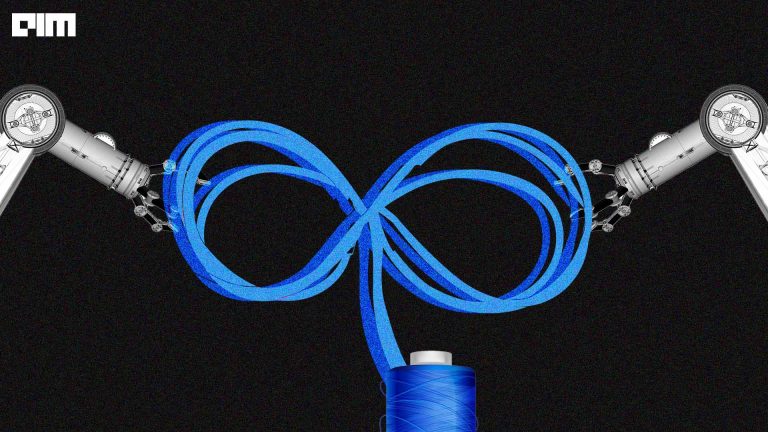|
Listen to this story
|
“It’s starting to sound a lot like the technology of a self-driving car but on a headset,” said Diana Hu, while talking about Apple Vision Pro’s functionality and capabilities in a recent Lightcone Podcast from Y Combinator. Hu is a group partner at YC and co-founder of Escher Reality, which was acquired by Niantic, the makers of Pokemon Go.
She pointed out that the technical challenges for an AR/VR headset like Apple Vision Pro are much more complex than those of self-driving vehicles, particularly in terms of hardware specification.
“You don’t want to burn people’s heads with this,” she quipped, comparing it to self-driving cars, which come with server-grade GPUs and CPUs that fit into the trunk.
Further, she said that Apple Vision Pro’s capabilities are way more advanced than Oculus’s, and the purpose of the use is also different – quite the opposite of Meta’s CEO Mark Zukerburg’s glaring review.
“Oculus devices are more focused on gaming in VR, which my guess is one of the reasons VR/AR hasn’t been embraced. A busy person would not use it every single day,” said Hu, adding that Apple has focused fully on productivity instead.
Meta XR vs visionOS
Hu called out the main difference between Meta XR SDK and visionOS SDK, highlighting that the former is deeply integrated with gaming engines like Unity and Unreal, making it ideal for constructing immersive 3D environments. It, however, struggles with the limitless nature of real-world spatial computation.
This is evident in the considerable amount of code required to perform simple tasks, such as opening PDFs, compared to the minimal coding effort needed with the visionOS. “To build an application that opens a PDF for the Meta platform actually takes many lines of code, whereas to build that for the visionOS is actually just a few lines of code,” she added.
However, limitations exist for both platforms. Many aspects are still confined to flat 2D, and there’s uncertainty about how to develop for full 3D.
The ease with which applications can be built on Apple Vision Pro makes it a favourable choice for developers. Many are just obsessed with it at the moment.

Source: X
Extensive Apple Support
Adding to the convenience of developing spatial computing platforms, the company provides massive support to encourage third-party developers to understand Vision Pro’s capabilities and provide supportive tools for designing applications.
Through the visionOS SDK, developers gain insights into the capabilities of Apple Vision Pro and access unique tools like the visionOS simulator, facilitating the creation of innovative experiences. Comprehensive documentation, design kits, and human interface guidelines ensure that developers have the necessary guidance and resources to craft immersive user experiences.
Additionally, developer labs across various global locations offer hands-on consultations with Apple engineers, encouraging every developer to build applications such as those build on the system.
7. Learn how things work and insidepic.twitter.com/XP2q9myeWv
— Min Choi (@minchoi) March 24, 2024
Furthermore, at the recent NVIDIA GTC 2024, CEO Jensen Huang announced NVIDIA’s support for Apple Vision Pro with Omniverse Cloud.
What’s Next?
It has been almost two months since Apple Vision Pro was launched in the US market. Recently, it even announced a launch in China. However, there are no signs of release in the Indian subcontinent.
While India, which houses the largest developer ecosystem, waits patiently, users share new and innovative use cases for spatial computing devices. Apple Vision Pro and Meta Quest developer Justin Ryan recently shared a demo of an app, VisionOS Insight Heart, that visualises how a human heart works, paving the way for a new way of education.
That is not all. With over 600 apps and games (as of the launch date) designed for Apple Vision Pro, the device is a goldmine for developers who want to revolutionise businesses.
i mean it when i say that the Apple Vision Pro will be a game changer for education
— Justin Ryan ᯅ (@futureio) March 23, 2024
here’s how I studied the heart 5 years ago vs how I can study it today, credit to the visionOS app Insight Heart
the contrast in experience and comprehension can’t be denied pic.twitter.com/a2Yx60iPsD
At Apple’s upcoming Worldwide Developers Conference (WWDC) scheduled for June 10, 2024, the Cupertino-based tech giant is expected to unleash visionOS advancements alongside other developments.



















































































